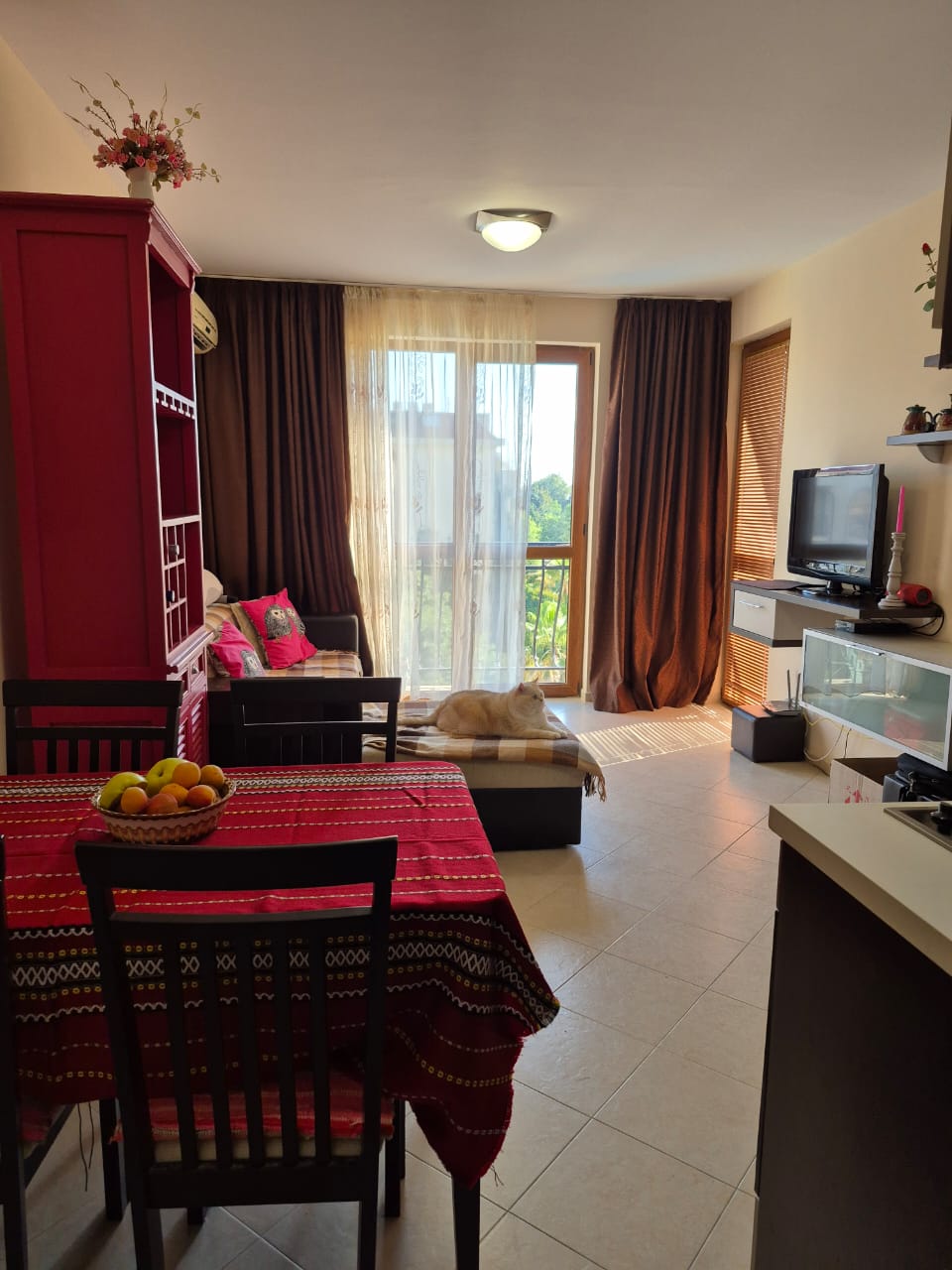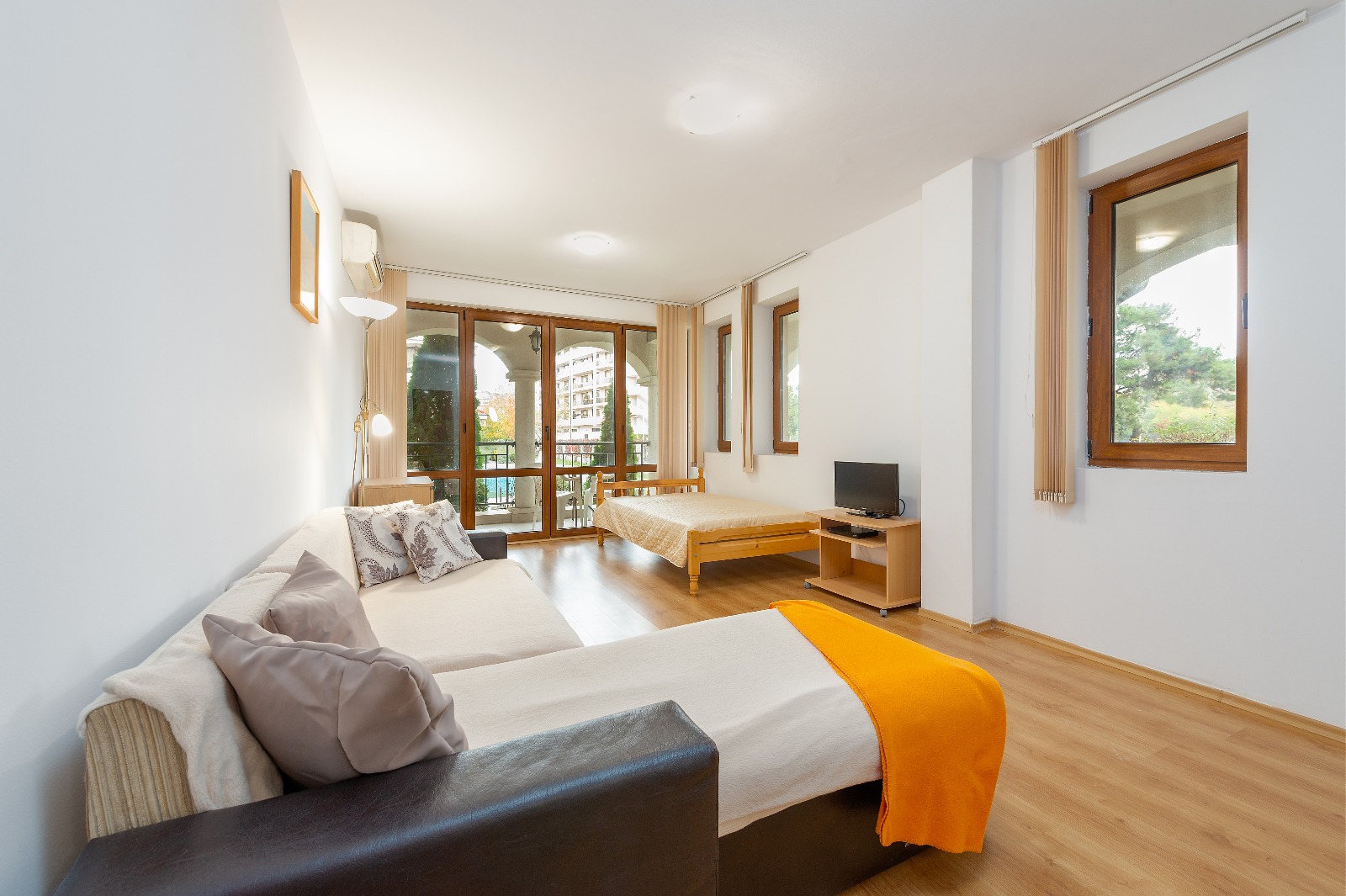Amphitheaters in Bulgaria
These are real stages of history, the construction of which marked different milestones in the development of the Roman Empire in many parts of Europe. Antique theatres, traces of which can also be found in Bulgaria, remind us today of both the greatness of Roman culture in one era and the decline of their morals a few centuries later.
The people demand bread and spectacle! This immutable law was known to all the rulers of Rome. And each of them sought to please the tastes of the public in his own way. But if in the heyday of the Roman Empire it was enough to entertain the crowd by playing on stage the dispute between the gods on Olympus, then over time the Roman public began to crave the passions and blood of living people… Evidence of this can also be found on Bulgarian soil.
From theatre to amphitheater

For more than five centuries, the territory of present-day Bulgaria was a province of the Roman Empire, and the ancient Romans left numerous traces of their stay on this land. Among them are the ancient arenas, which can tell us a lot of things. For example, about how the tastes of the public changed and how the history of Rome was heading towards its decline.
Ancient Roman theatres and amphitheaters are two kinds of structures that differ in both form and content. While the classical antique theatre was used for purely cultural events – competitions of playwrights, poets and choirs – the amphitheaters that emerged later catered to the coarser tastes of the public, with gladiatorial fights and wild beasts, the outcome of which was fatal for many of the participants in these “shows”.
The nature of the performances also determined the design of theatre structures. Both types of theatres consisted of rows of spectators rising around the stage, but with significant differences. The theatre was built in a closed semicircle, which gave good acoustics. Tribunes for spectators rose above the stage, behind which was the so-called orchestras with the altar of Dionysus – a kind of “eternal” decoration for all theatrical actions. In turn, the amphitheaters, in which the real military actions unfolded, required a larger view, so here the spectators were distributed in a circle. That is, the amphitheater actually appeared as a combination of two horseshoe-shaped ancient theatres (in Greek “amphitheater” means “double theatre”). In Bulgaria, one can find theatres of both types and even such an artefact as traces of the transformation of a classical theatre into an amphitheater arena.
Sofia metamorphoses
Serdica is the ancient name for the city of Sofia. A name given to it by the ancient Romans. In its time, one of the largest Roman amphitheaters in the world was located here. It is located in the central part of Sofia, three hundred meters from the Eastern Gate of the ancient city. The uniqueness of this place lies in the fact that here one can trace the transformation of an older Roman theatre of the end of the II century into an amphitheater of the end of the III – early IV centuries.
During excavations in the theatre, coins from the times of Emperors Caracala and Geta (209-211 AD) were found, which were used to determine the approximate period of the theatre’s existence. It is believed that it was completed by the beginning of the 3rd century and existed until 270, when it was destroyed during the invasion of Serdica by the Goths.
During the time of Emperor Diocletian (284-305 AD), an amphitheater was built on the ruins of the Roman theatre – a huge public building for the amusements of the time: military processions, gladiatorial fights and fights with wild animals. During the reign of Emperor Constantine the Great, the amphitheater was enlarged and renovated.
The decline of the Serdicean amphitheater marked the beginning of the Christian era. The reforms of Emperor Theodosius I (392-394 AD) banned pagan games and cults. However, the ruins of the amphitheater were used until the 7th century as warehouses and stables for the military camps of the Byzantine army and other “guests” of ancient Serdica.
The amphitheater is the 77th antique monument of this type discovered in the world, and in terms of its size – an oval 60.5 m long and 43 m wide – it is close to the Roman Coliseum. And it was found relatively recently and by chance – during the construction of a modern hotel, which is now proudly called “Arena di Serdica”.
However, much earlier than this discovery, in 1919, not far from the central square of ancient Serdica, was found another unique artefact – a kind of poster of gladiatorial fights. This marble slab depicting the “program” of gladiatorial contests of the distant IV century is a unique reminder of the ancient history of the city and its amphitheater. The poster invited the citizens of Cerdica to the festival of the goddess Cybele in March, depicting the extensive program of performances in the city’s amphitheater, from actors playing with trained animals to gladiators competing with each other and with wild beasts such as bears, bulls and even crocodiles. One can imagine how this ancient advertisement made the streets of the ancient city boil with people rushing to see this colorful performance
Discoveries of Plovdiv
The magnificent and multifaceted city of Filipopolis – present-day Plovdiv – is one of the oldest cities in Europe, with a history dating back 8,000 years. In those distant times, when an ancient theatre was built here, discovered by archaeologists in the 70s of the last century, the city was called differently – Trimontsium, which literally means “Troeholmie”, i.e. “the city on three hills”.
The second largest city in Bulgaria is located on the territory of ancient Thrace. Philip of Macedon, the father of Alexander the Great, who named the city in his honor, was not a friend of the Roman Empire. Therefore, when Macedonia became a province of the Roman Empire, it became known as the “City of Three Hills”.
In the oldest part of Plovdiv, called “Stariyat grad” – “Old Town”, we will find the unique legacy of Rome. Walking through the narrow, cobbled ancient streets, past houses from the times of Turkish rule, and enjoying the breathtaking view of the city from the heights of its hills, we will come to the magnificent buildings of the Roman theatre. It is located in a natural basin formed by two hills, Jambaz Tepe and Taksim Tepe, given to the hills during Turkish rule. Ancient architects achieved amazing acoustics, so the structure is still used for concerts or other public events, especially in summer. The theatre can accommodate up to 7 thousand spectators.

The theatre was built during the time of the Roman Emperor Marcus Ulpius Trajan (53-117 AD), on the site of a temple dedicated to the Thracian goddess Bendida. It is one of the best preserved ancient theatres in the world. Of the 28 rows of the theatre, 20 have survived to this day. This architectural monument is the greatest achievement in the restoration of ancient heritage in Bulgaria.
The most important structure of the ancient Trimoncium was characterised by its magnificent design. Ancient stellae and inscriptions on the walls in Greek are still preserved in some places, and the stage, visible from any of the rows of the theatre, was richly decorated with friezes, cornices and statues. The theatre was divided into two levels, each with 14 rows of seating. The seats were divided by a diazoma, a special horizontal track. Most of the structure was destroyed at the end of the 4th century.
We enjoy the unique atmosphere of the Ancient Theatre in Plovdiv thanks to the excavations carried out in 1968-1979 by the Archaeological Museum of Plovdiv. by the Archaeological Museum of Plovdiv in 1968-1979. Now the Ancient Theatre is included in the list of the hundred most important tourist sites of national importance in Bulgaria.
On the way to the sea
Let’s go closer to the coast and stop in the town with 22 mineral springs – Hisar, which means “fortress” in Arabic. Augusta, Diocletianopolis, Alexiopolis, Toplica – all these names remain in the great past of this now quite small town. The city attracted the ancient Thracians with its wonderful climate and healing water. Nearby architectural monuments of that period have been preserved. Near the mineral springs were located medical, religious institutions and sanctuaries. To please the eyes and ears of the public resting here, an ancient complex was created, which included an amphitheater, which was one of the favorite places of people who came to Diakletsianopolis for treatment or entertainment. The amphitheater was used for sporting events and animal fights. It was built in the first half of the 4th century. The arena and the service areas are still in very good condition.
Next on our way is Stara Zagora. This amazing city has been called Beroe, Augusta Traiana, Irinopolis, Borui, Verea, Eski Zaara and Zheleznik at different times. Such a rich collection of names also tells a lot about its history… The city was named in honor of the great Roman emperor Marcus Ulpius Trajanus. During his reign, the city became so prosperous and independent that it even had the right to mint its own coins. In the heart of the city is the ancient forum of Augustus Trajan. This ancient architectural complex includes the Western Gate and the main street of the ancient city, with the foundations of public buildings along it, parts of two fortress walls, the city moat, the southern facade of the city’s mineral baths built in the middle of the second century, a semicircular square including a pedestal for the equestrian statue of the emperor and an amphitheater auditorium with nine rows of stone benches for 1300 spectators and an arch-shaped colonnade. The complex was inaugurated in 1968 and its research continues today. Stone reliefs, coins and inscriptions have been discovered in the ancient forum. It was here that a magnificent marble statue of the legendary Thracian singer, musician and poet Orpheus was found. Most of the artefacts can be seen in the city’s historical museum.
Our journey through the Bulgarian amphitheaters ends in the town of Devnya, located in north-eastern Bulgaria, in the Varna region. During the Roman Empire, the town was called Martianopolis. It was founded by Emperor Trajan in 106 AD and was named so in honor of the Emperor’s sister, Marcia. The peculiarity of the amphitheater found there is its oval shape. Its area is about 4 thousand square meters. The outer façade of the amphitheater, presumably, was about 7 meters high, and it could accommodate 3,500 spectators. Here are well preserved and saddening dungeons of the theatre, which were intended for the heroes of ancient performances – wild animals and gladiators ….
Our journey through the ancient theatres of Bulgaria is coming to an end. Their majestic ruins vividly illustrate the rich history of this wonderful land, as well as the interesting transformation of Roman theatre traditions from “purification by art” to cruel games not for life but for death.












